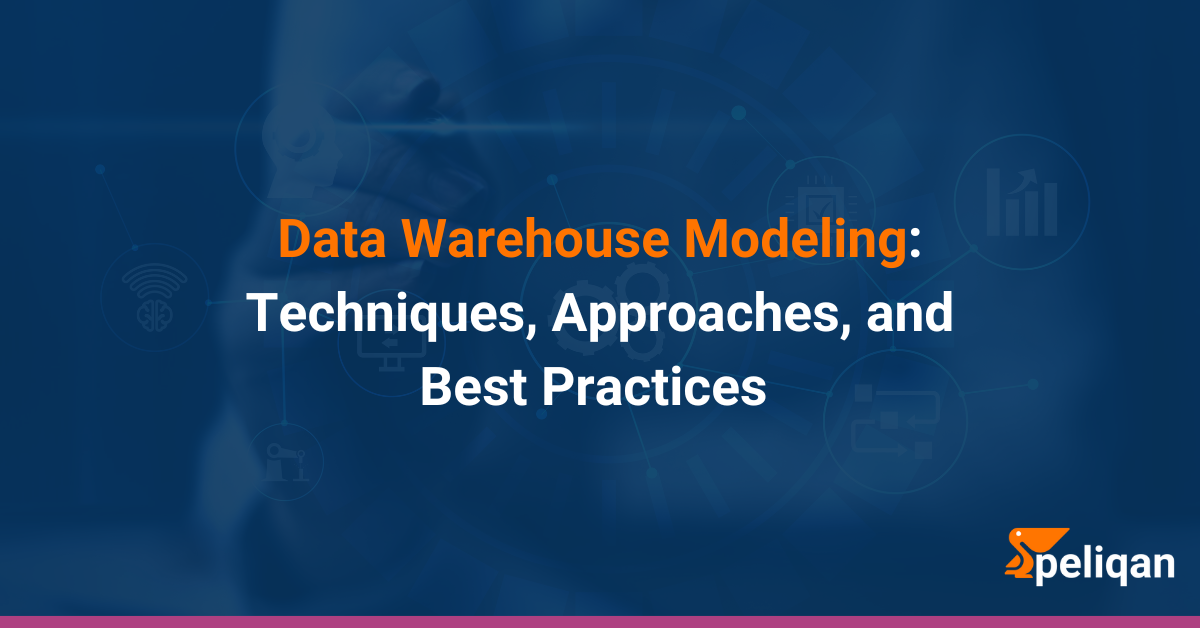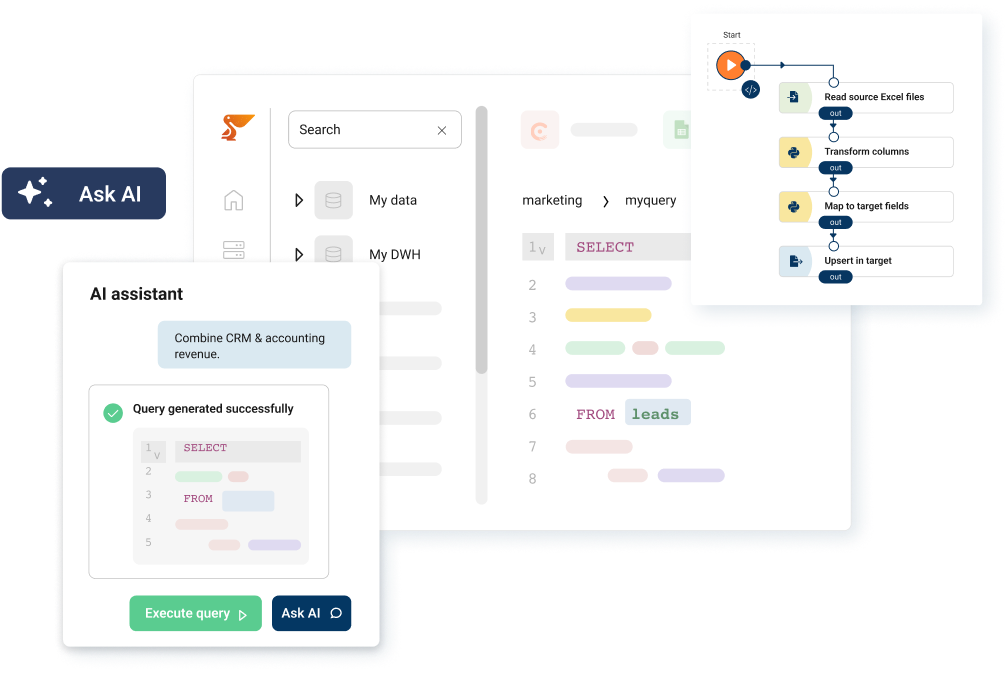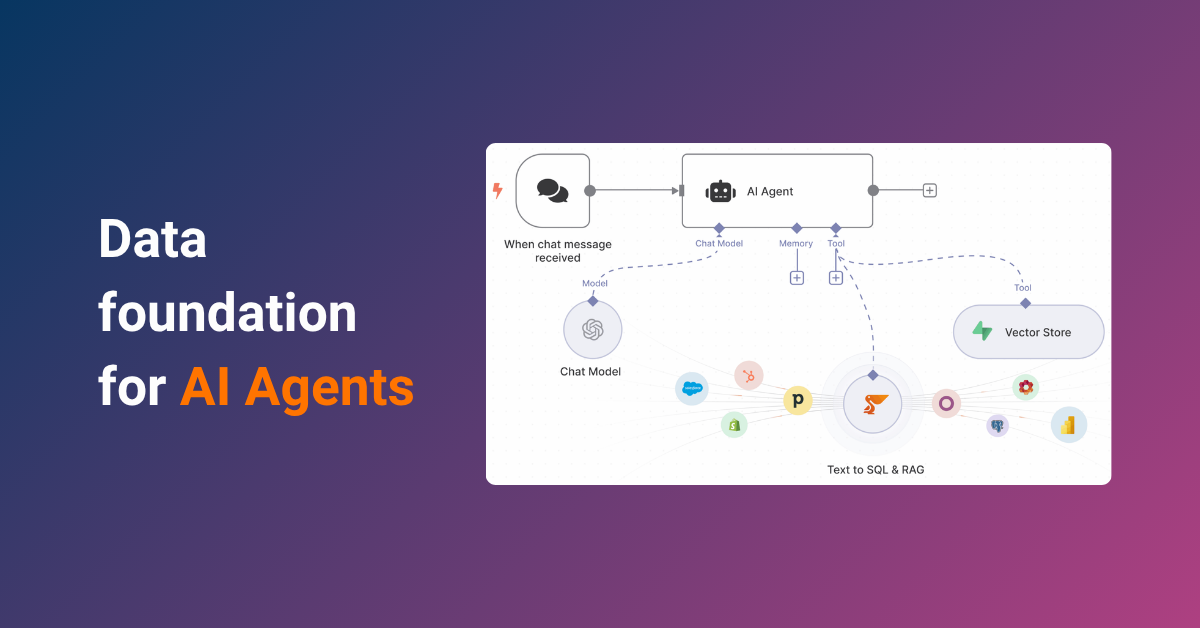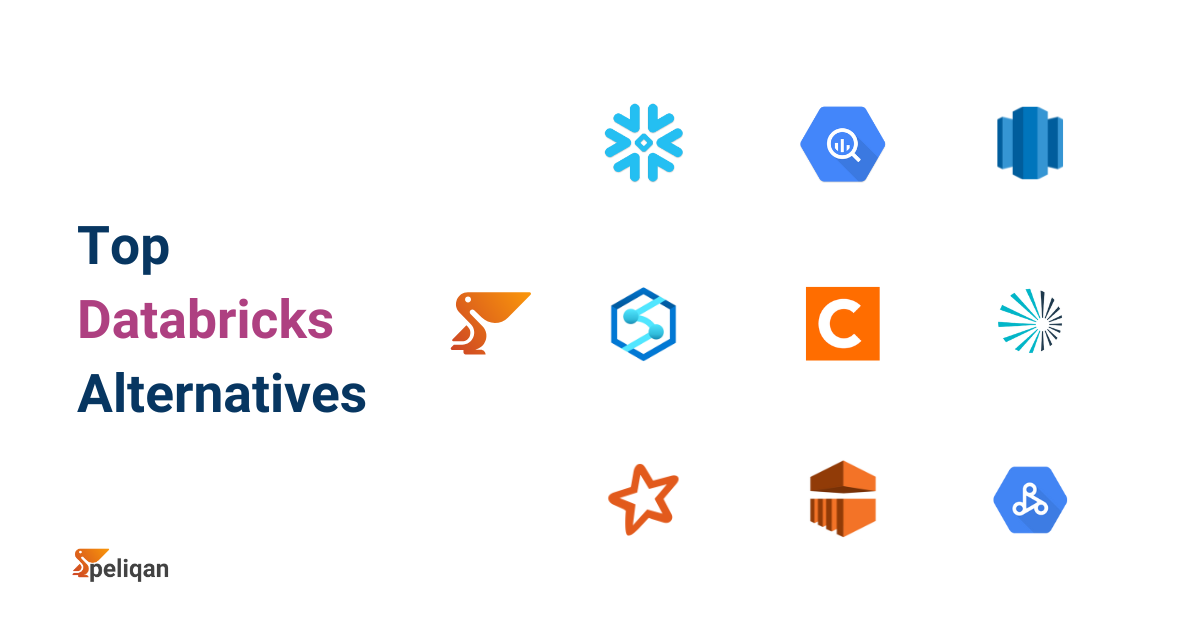In today’s data-driven world, organizations are inundated with vast amounts of information from various sources. To effectively harness this data and derive meaningful insights, businesses need robust data warehouse modeling strategies.
This comprehensive guide will delve into the intricacies of data warehouse modeling, exploring different techniques, best practices, and modern approaches that can help organizations optimize their data architecture for analytics and decision-making.
What is Data Warehouse Modeling?
Data warehouse modeling is the process of designing and organizing data structures within a data warehouse to support efficient storage, retrieval, and analysis of large volumes of data. It involves creating a logical representation of how data is stored, related, and accessed within the warehouse environment.
The goal is to transform raw data into a format that is easily understandable, queryable, and optimized for business intelligence and analytics purposes.
The Importance of Data Warehouse Modeling
Effective data warehouse modeling is crucial for maintaining data quality, optimizing performance, and enabling complex analytics. A well-designed model not only improves query efficiency but also supports data governance and self-service analytics, empowering business users to derive insights independently.
- Enhanced data quality and consistency
- Improved query performance and scalability
- Better support for complex analytics and reporting
- Easier data governance and compliance
- Facilitation of self-service analytics for business users
By adhering to these principles, organizations can ensure that their data warehouse is not just a repository of information but a powerful tool for driving business intelligence.
Data Warehouse Model Types
Data modeling within a data warehouse can be categorized into three distinct layers: Base, Intermediate, and Core models.
Each serves a unique purpose in transforming raw data into actionable insights, with varying levels of complexity and transformation. let’s take a closer look at the 3 types of models to include in your data warehouse,
Base or Staging Models
These models represent the initial landing zone for raw data from source systems. They typically maintain the original structure of the source data with minimal transformations, serving as a foundation for further modeling.
Key characteristics:
- Closely mirror source system structures
- Minimal transformations (e.g., data type casting, column renaming)
- Often implemented as views rather than materialized tables
- Serve as a historical archive of raw data
Once the base data is staged, the next step involves more sophisticated transformations, which are handled by intermediate models.
Intermediate Models
Intermediate models sit between base and core models, performing initial transformations and data quality checks. They help modularize complex transformations and improve overall model maintainability.
Key characteristics:
- Reference only base models
- Perform initial data cleansing and conforming
- May not be directly accessible to end-users
- Improve performance by pre-calculating common transformations
After intermediate transformations are applied, the data is ready for the final stage, where core models come into play to optimize data for reporting and analysis.
Core Models
Core models represent the final, fully transformed datasets used for reporting and analysis. They encapsulate business logic and present data in a format optimized for end-user consumption.
Key characteristics:
- Typically implement dimensional or data vault modeling techniques
- Encapsulate complex business logic and calculations
- Optimized for query performance
- Directly accessible to business users and BI tools
With an understanding of the different data warehouse models, it’s essential to explore the common techniques that underpin these models.
Common Data Warehouse Modeling Techniques
Various modeling techniques can be employed to structure a data warehouse, each with its own strengths and challenges. Dimensional, Data Vault, ER, and Relational Modeling are some of the most commonly used techniques, each suited for different types of data and analytical needs.
Dimensional Modeling
Dimensional modeling is one of the most popular techniques for data warehouse design, pioneered by Ralph Kimball. It organizes data into two main types of tables:
- Fact tables: Contain quantitative measures of business processes (e.g., sales transactions, website visits)
- Dimension tables: Provide descriptive attributes that give context to the facts (e.g., customer information, product details)
Key concepts in dimensional modeling include
- Star Schema: A simple structure with a central fact table surrounded by dimension tables
- Snowflake Schema: An extension of the star schema where dimension tables are further normalized
- Slowly Changing Dimensions (SCDs): Techniques for handling changes in dimension attributes over time
Pros:
- Intuitive for business users
- Optimized for query performance
- Flexible for various reporting needs
Cons:
- May require denormalization, leading to data redundancy
- Can be challenging to model complex relationships
Data Vault Modeling
Data Vault modeling is a more recent approach designed for enterprise-scale data warehousing. It focuses on long-term historical storage and adaptability to change. The Data Vault model consists of three main components:
- Hubs: Represent core business entities
- Links: Represent relationships between hubs
- Satellites: Store descriptive attributes about hubs or links
Pros:
- Highly scalable and adaptable to change
- Supports auditability and traceability
- Facilitates agile data warehouse development
Cons:
- More complex to implement than traditional models
- May require additional transformation for end-user consumption
Entity-Relationship (ER) Modeling
ER modeling is a high-level conceptual data model that represents entities, their attributes, and relationships between entities. While primarily used for operational database design, it can be adapted for data warehouse modeling, especially in the early stages of design.
Pros:
- Provides a clear visual representation of data structures
- Useful for communicating with stakeholders
- Helps in identifying key entities and relationships
Cons:
- May not be optimized for analytical queries
- Can become complex for large-scale data warehouses
Relational Modeling
Relational modeling is based on normalizing data to reduce redundancy and ensure data integrity. While not specifically designed for data warehousing, it can be used in certain scenarios, especially for operational data stores or staging areas.
Pros:
- Minimizes data redundancy
- Ensures data integrity
- Familiar to many database professionals
Cons:
- Can lead to complex joins, impacting query performance
- May not be ideal for large-scale analytical processing
Kimball vs. Inmon Methodology
Two foundational approaches to data warehouse modeling are the Kimball and Inmon methodologies. Understanding their differences is crucial for choosing the right strategy.
Kimball Methodology: Focuses on creating dimensional models (star or snowflake schemas) that are intuitive for business users and optimized for query performance. It follows a bottom-up approach, starting with specific business processes and emphasizes conformed dimensions for consistency across the enterprise.
Inmon Methodology: Often called the top-down methodology, this approach emphasizes creating a normalized, enterprise-wide data model before developing departmental data marts. It starts with an enterprise-wide view of all data, using a highly normalized data model for the central data warehouse, from which dimensional models for specific business areas are derived.
| Aspect | Kimball Methodology | Inmon Methodology |
|---|---|---|
| Approach | Bottom-up | Top-down |
| Data Model | Dimensional | Normalized |
| Focus | Business processes | Enterprise-wide |
| Complexity | Lower | Higher |
| Development Speed | Faster | Slower |
With these foundational techniques in mind, it’s time to explore modern approaches to data warehouse modeling, which address the limitations of traditional models.
Modern Approaches to Data Warehouse Modeling
As data architectures evolve, modern approaches like the Lakehouse paradigm, Data Mesh architecture, and real-time data warehousing are gaining traction. These methods address the limitations of traditional data warehouses, offering more flexibility, scalability, and speed.
The Lakehouse Paradigm
The lakehouse architecture combines elements of data lakes and data warehouses, offering a unified platform for storing and analyzing structured and unstructured data. This approach often uses a multi-layer model:
- Bronze Layer: Raw data ingestion
- Silver Layer: Cleansed and conformed data
- Gold Layer: Business-level aggregates and data marts
Key features:
- Support for diverse data types and formats
- ACID transactions on large datasets
- Direct access to source data for data science and machine learning
- Schema enforcement and governance capabilities
Implementation:
- Often uses a multi-layer approach (Bronze, Silver, Gold)
- Leverages open table formats like Delta Lake or Apache Iceberg
- Integrates with modern data processing frameworks like Apache Spark
Data Mesh Architecture
Data mesh is a decentralized approach to data warehouse design, treating data as a product and emphasizing domain-oriented ownership. It challenges traditional centralized data warehouse models by distributing data responsibility across different business domains.
Key principles:
- Domain-oriented decentralization
- Data as a product
- Self-serve data infrastructure
- Federated computational governance
Implementation:
- Requires organizational and cultural changes
- Leverages microservices and API-driven architectures
- Emphasizes data discoverability and interoperability
Real-time Data Warehousing
This approach focuses on reducing latency between data generation and availability for analysis, enabling near real-time decision making.
Key features:
- Stream processing capabilities
- Change Data Capture (CDC) for real-time data ingestion
- In-memory computing for faster data processing
- Support for both batch and streaming data integration
Agile Data Warehousing
This methodology applies agile software development principles to data warehouse modeling, emphasizing iterative development and close collaboration with business stakeholders.
Key principles:
- Iterative and incremental development
- Continuous stakeholder involvement
- Flexibility to adapt to changing requirements
Best Practices for Data Warehouse Modeling
To maximize the effectiveness of your data warehouse, it’s crucial to follow certain best practices. These guidelines ensure that your data warehouse is scalable, maintainable, and capable of delivering high-performance analytics.
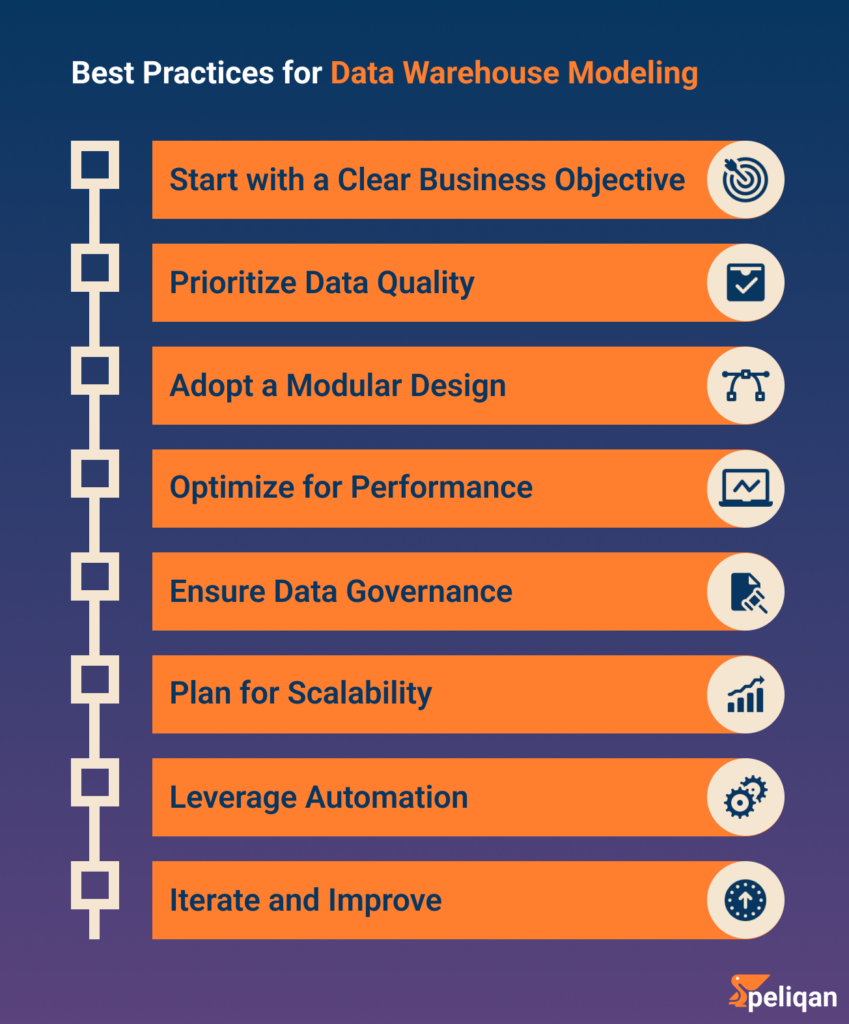
Start with a Clear Business Objective
Before diving into the technical aspects, clearly define the business objectives your data warehouse needs to support. Understand what insights your organization aims to derive from the data and design your data models accordingly. This ensures alignment between business goals and technical implementations.
Prioritize Data Quality
Data quality is foundational to the success of any data warehouse. Implement data validation rules, consistency checks, and cleansing processes early in the pipeline to prevent garbage data from entering your warehouse. Regular audits and monitoring can help maintain high data quality over time.
Adopt a Modular Design
Break down complex transformations and processes into smaller, manageable modules. This not only makes the warehouse easier to maintain but also allows for greater flexibility and scalability. A modular approach enables you to update or replace individual components without disrupting the entire system.
Optimize for Performance
As data volumes grow, query performance can degrade if the warehouse is not optimized. Use indexing, partitioning, and materialized views to speed up query execution. Consider the specific needs of your organization and optimize data models to handle the most common and resource-intensive queries efficiently.
Ensure Data Governance
Establish clear policies and procedures for data governance, including data ownership, access controls, and data lineage tracking. Effective governance ensures that the right people have access to the right data while maintaining compliance with regulations and internal standards.
Plan for Scalability
Design your data warehouse with future growth in mind. Anticipate increases in data volume, user load, and complexity. By planning for scalability from the outset, you can avoid costly redesigns and ensure that your warehouse can grow alongside your business.
Leverage Automation
Automation tools can streamline many aspects of data warehouse management, from ETL processes to data quality checks. Automating repetitive tasks reduces the risk of human error and frees up your team to focus on more strategic initiatives.
Iterate and Improve
Data warehouse design is not a one-time task. As business needs evolve and new data sources are added, continuously review and refine your data models. Regular iteration ensures that your data warehouse remains relevant and effective.
Conclusion: Enhance Data Warehouse Modeling
In the ever-evolving landscape of data management, having the right tools is essential for success. Peliqan offers a comprehensive solution that aligns perfectly with the best practices for data warehouse modeling. With Peliqan, you can easily connect to your business applications, transform and load data into a built-in data warehouse or your choice of external platforms like Snowflake and BigQuery.
Peliqan’s modular design, combined with its support for SQL, low-code Python, and AI-driven insights, ensures that your data is not only well-organized but also optimized for performance. The platform’s built-in data governance features and support for automation further enhance data quality and scalability, allowing you to maintain a robust and compliant data architecture.
Whether you’re a startup, a scale-up, or an IT service company, Peliqan simplifies data warehouse management, empowering your team to focus on deriving actionable insights rather than getting bogged down by technical complexities. By integrating Peliqan into your data strategy, you can ensure that your data warehouse is not only up-to-date with the latest trends but also capable of driving long-term business value.




